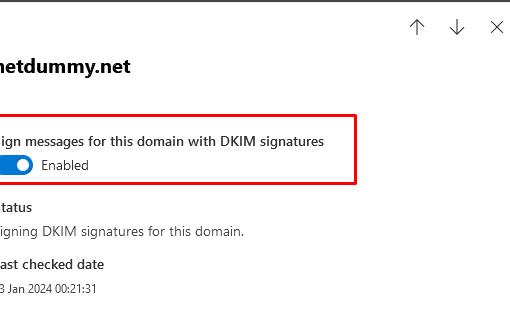SharePoint Online is a cloud-based platform in Microsoft 365 for efficient document storage, real-time team collaboration, and secure data management. It offers version control, robust security, and integrates seamlessly with other Microsoft apps. You can create customizable sites, automate workflows, and ensure compliance, making it a powerful tool for streamlined business operations and productivity.
SharePoint Online Plan 1 and Plan 2 are two subscription options within SharePoint Online but there are some key differences between the two plans:
-
Core Features: Plan 1 provides the fundamental features of SharePoint Online, including document storage, sharing, and collaboration tools.
-
Storage: Users get 1 TB of pooled storage for their organization, plus an additional 10 GB per licensed user.
-
User Access: It allows users to access and view content on SharePoint sites, participate in document collaboration, and use basic workflow capabilities.
-
Search and Discovery: Basic search functionality to find documents and content within SharePoint.
-
Cost: Generally more budget-friendly compared to Plan 2.
-
Advanced Features: Plan 2 includes all the features of Plan 1 and adds several advanced capabilities.
-
Storage: Users get 1 TB of pooled storage for their organization, plus an additional 10 GB per licensed user, just like in Plan 1.
-
User Access: In addition to the features available in Plan 1, Plan 2 provides access to advanced capabilities like eDiscovery, Data Loss Prevention (DLP), and Power Automate (workflow automation).
-
Search and Discovery: Enhanced search functionality with features like content search, case management, and in-place holds.
-
Cost: Plan 2 is typically more expensive due to the inclusion of advanced compliance and automation features.
SharePoint Online Plan 1 is suitable for organizations that require basic document management and collaboration capabilities, while Plan 2 is ideal for those needing advanced compliance, automation, and data protection features. The choice between the two depends on your organization’s specific needs and budget considerations.




